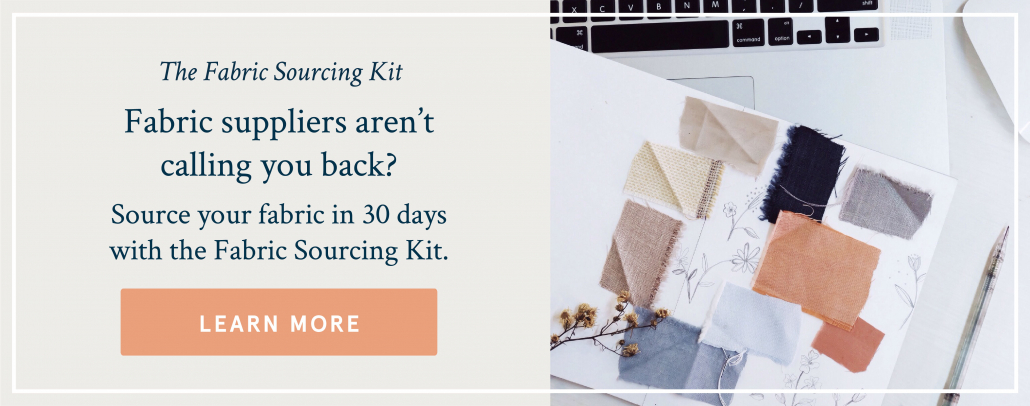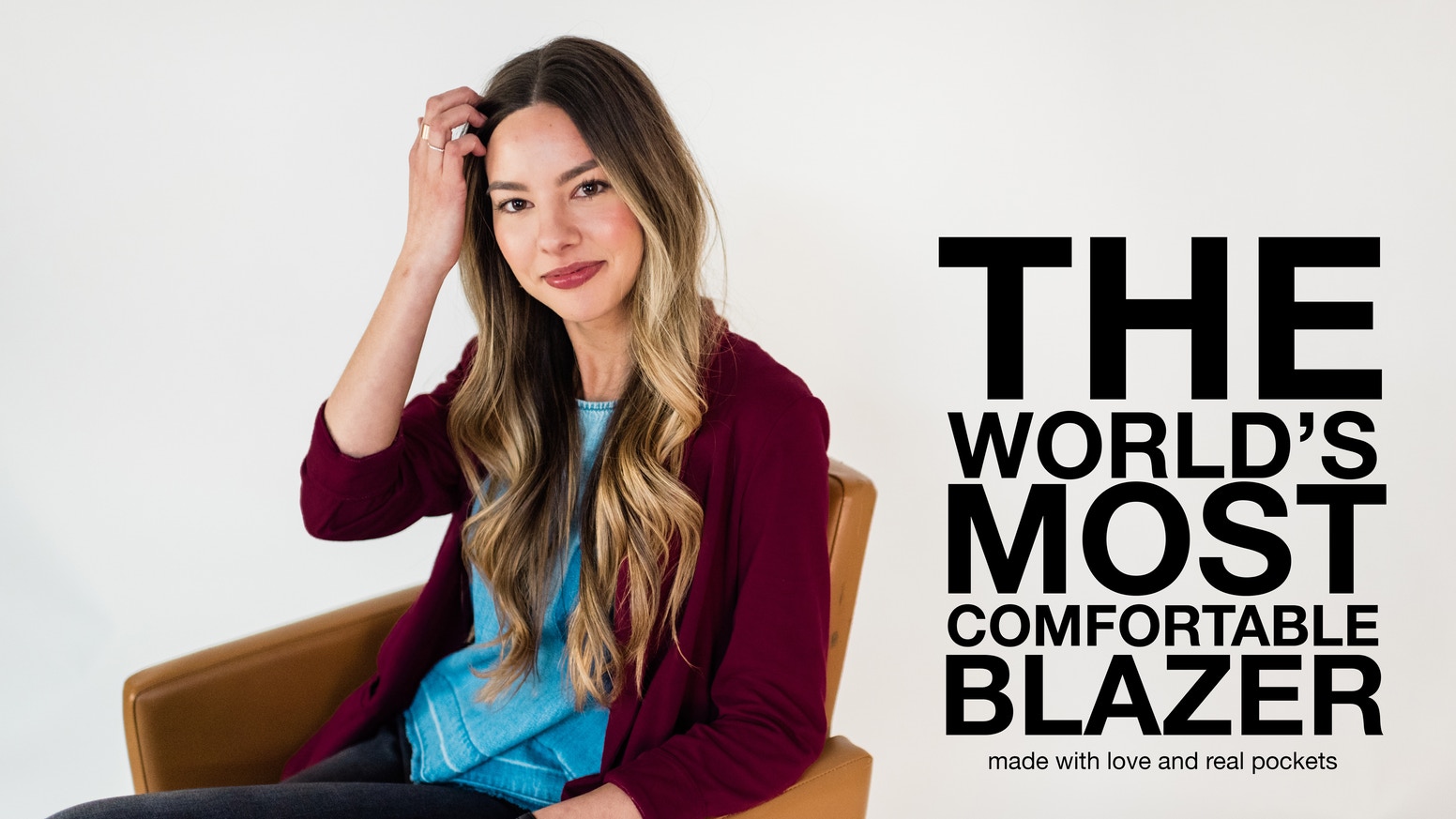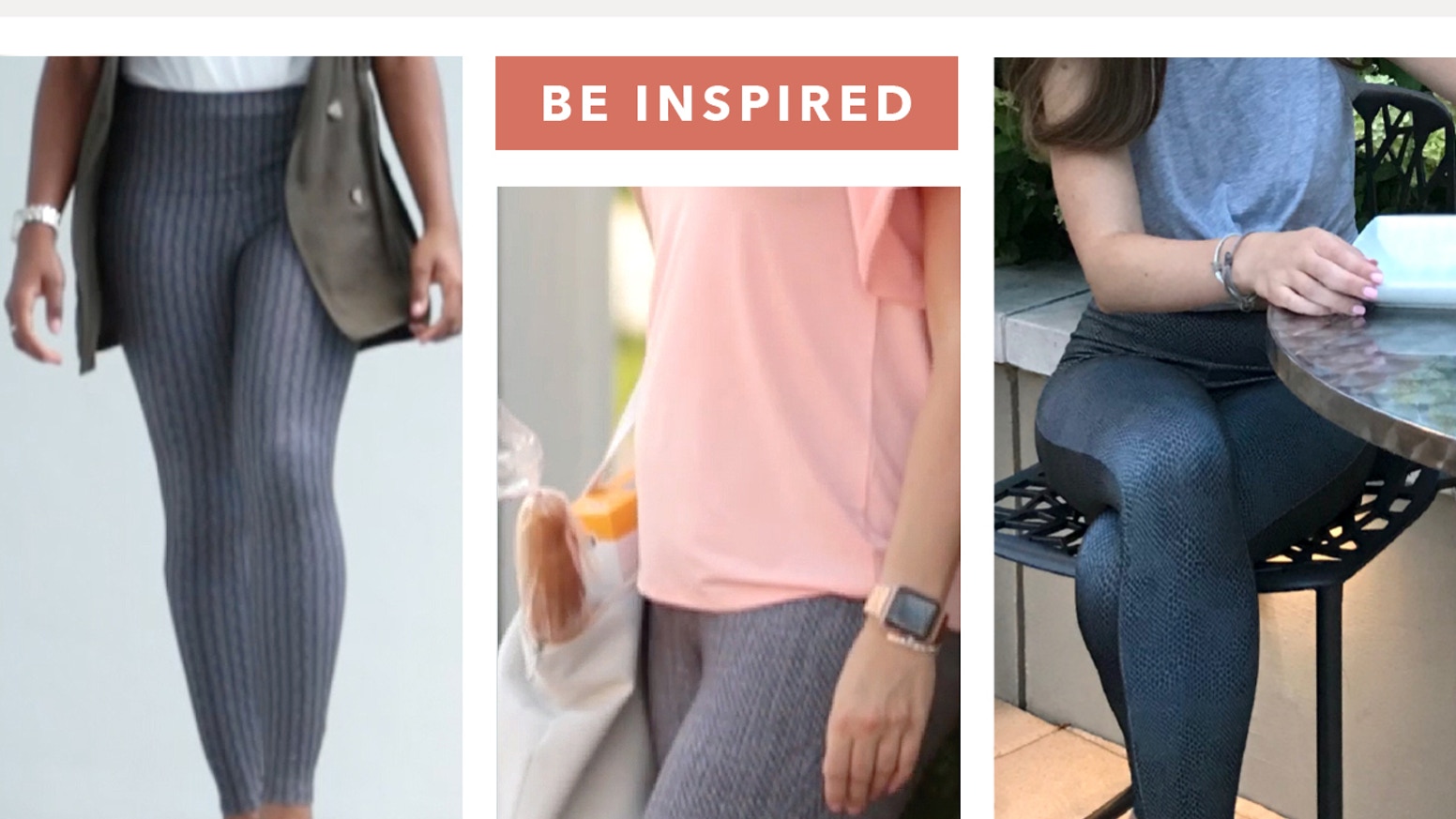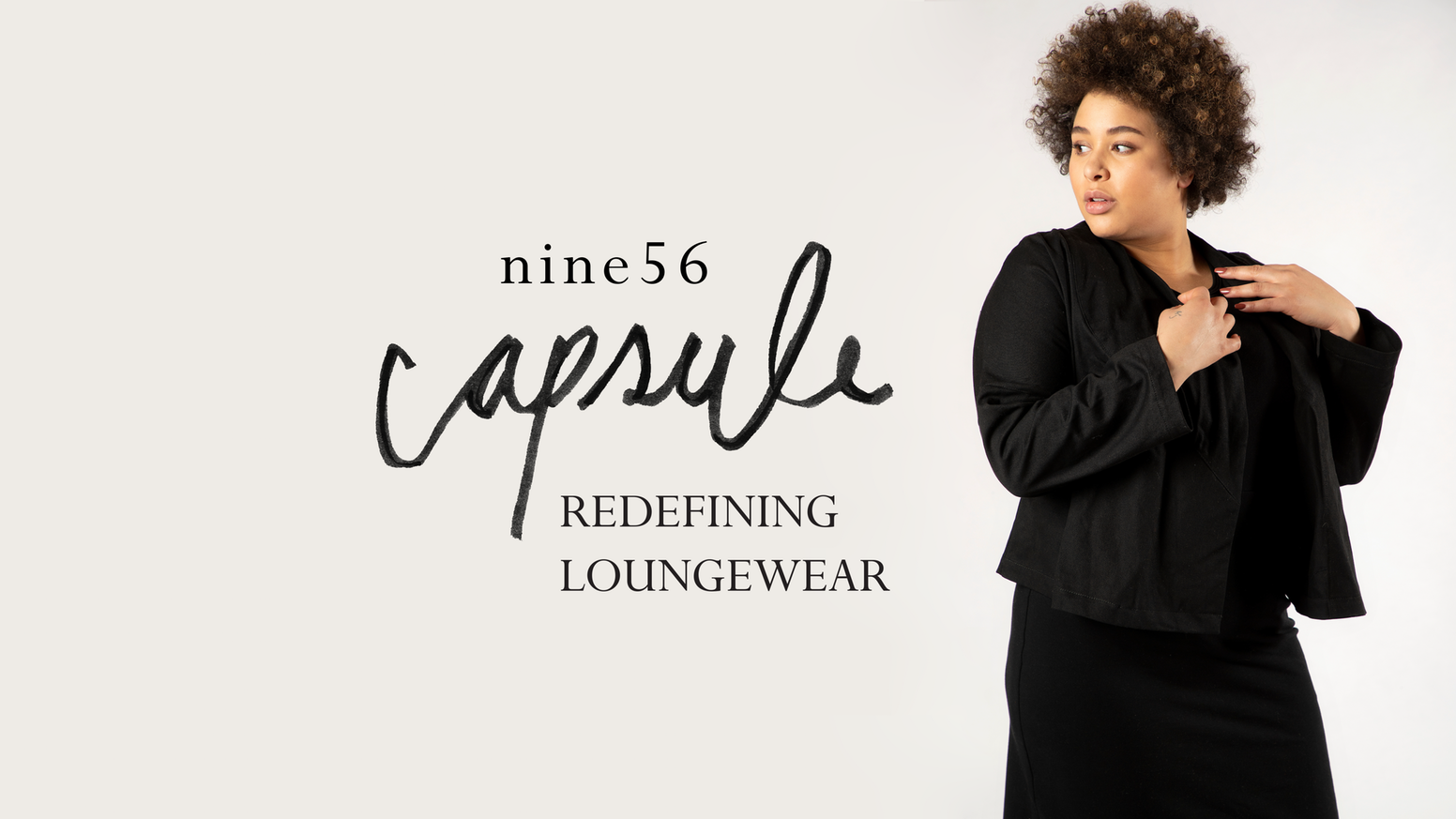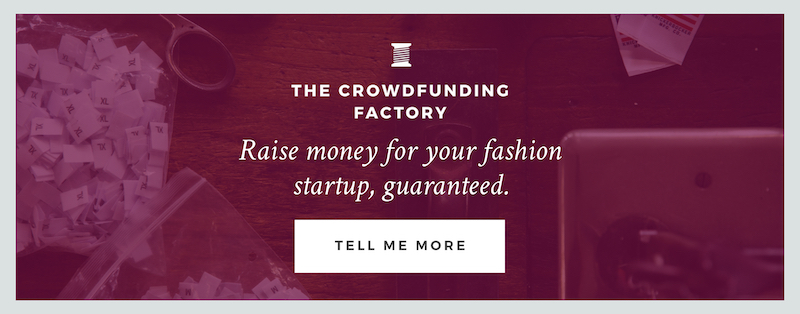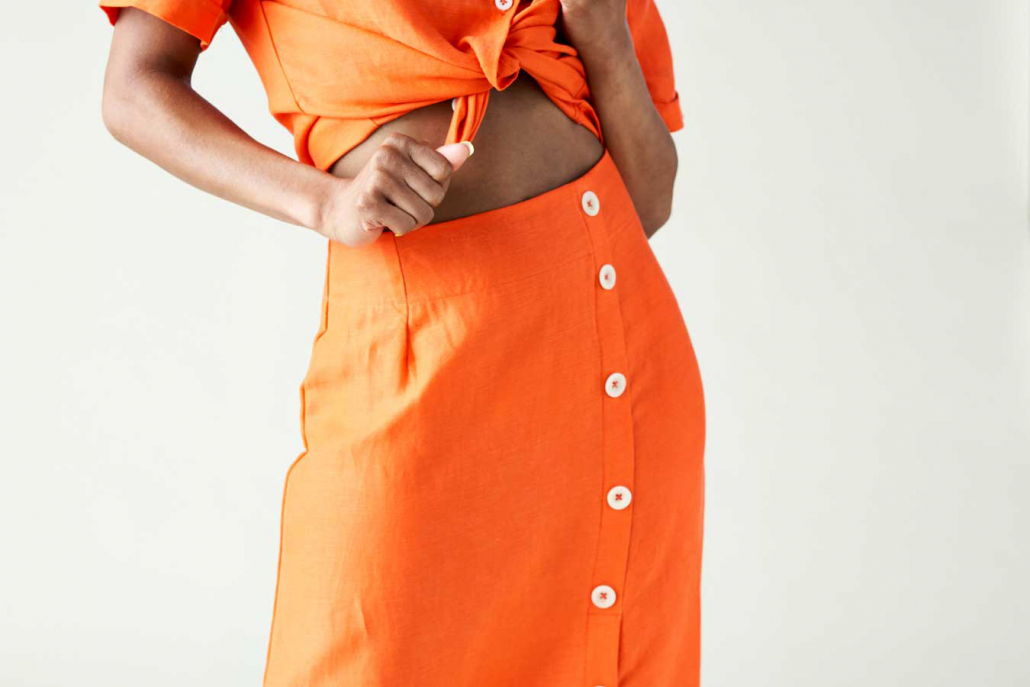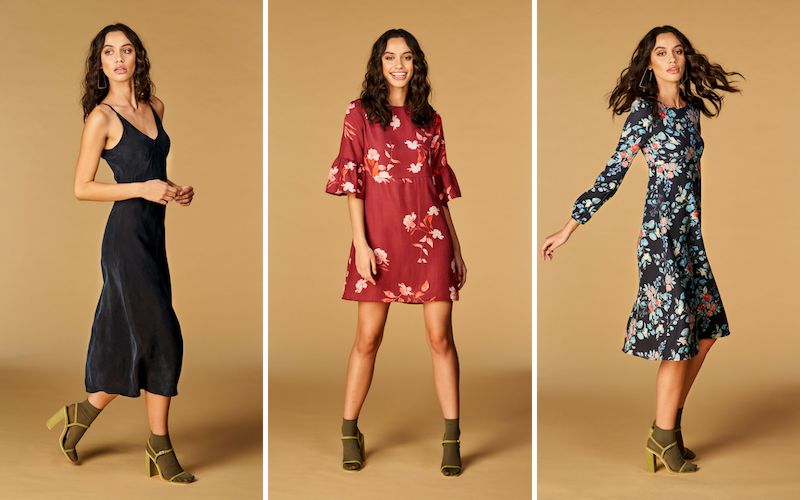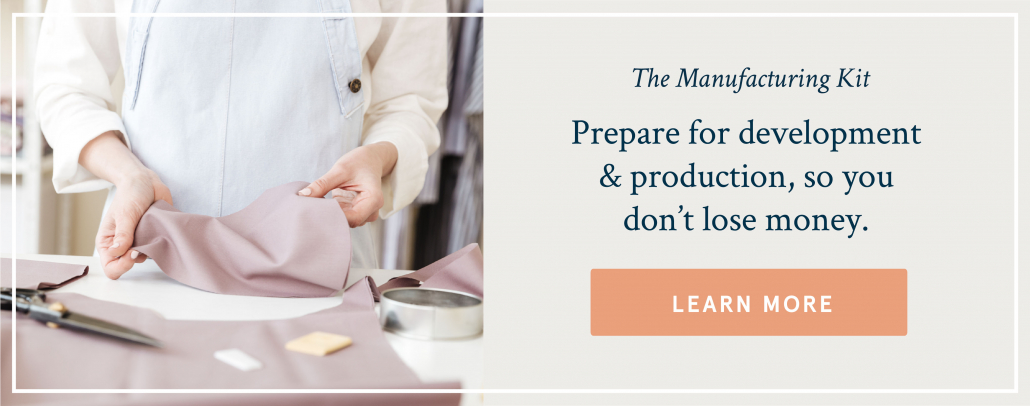There is a lie being told in the entrepreneurial world.
It’s a false narrative that’s being targeted at people who are unhappy with their current work life and are looking for a change.
Maybe you’re one of those people.
The lie is this:
Follow your passion.
Quit your job and chase your dreams.
Do work you love and you’ll never work a day in your life.
We see it every day: the Facebook and Instagram ads promising your “dream life” by people who look like they’re living their dream life.
It’s all palm trees and perfectly-foamed lattes and bright, white lighting. It’s breakfast trays in bed and bouquets of peonies and red painted lips.
But do you know what’s behind those beautiful photos and “dream lives?”
Many, many, many months (probably years) of it not looking that way.
Because the truth is, to become the picture of success — while creating a business that lasts — it requires this:
Doing work you don’t want to do.
In fact, when you’re first starting out, you can expect to do more work that you don’t want to do than work you actually enjoy.
And usually, it requires running your business as a side hustle while *still* going to your “real job.”
We all know there’s no such thing as overnight success.
But what I don’t think we always remember is that there’s so much more to the story than what we see on social media.
Chances are:
The fashion brand with the perfectly curated Instagram feed started with an iPhone and a Dropbox folder of stock photos.
The designer working in a beautifully-lit studio started in a converted home office that barely fit a desk.
The CEO flying first class to a paid speaking gig spent years sitting in the back of the plane to speak for free.
If you’re ready to start your own business, you should absolutely do it. It’s one of the most rewarding journeys you can take.
But there should be no illusions.
It will require “grunt work” — the things you think everyone else is outsourcing to interns — are the things you need to do yourself when you’re first starting out.
Packing and fulfilling orders, writing and scheduling your own social media posts, creating your emails and blog posts, going to networking events, dealing with tech issues that make you want to pull your hair out.
Those “annoying” tasks that tempt you to procrastinate or abandon them all together are the things you’ll look back on with genuine appreciation.
They’re the things that will make you grow, build new skills and realize that you’re capable of more than you think.
Because every successful entrepreneur I know has a similar story of doing work they didn’t want to do.
That’s what it takes.
So secret #3 is this: Successful entrepreneurs do things they’re not passionate about because they know that it’s not about passion.
It’s about purpose.
If you’re ready to put in the work to start your dream business, let’s do it together. Applications to Factory45 open in May 2020!
This is a multi-part series, celebrating the five-year business anniversary of Factory45. If you missed “secret #1” you can read it here, if you missed “secret #2” it’s here.



